Home>Articles>How Many Minutes Chesnut Electric Pressure Cooker
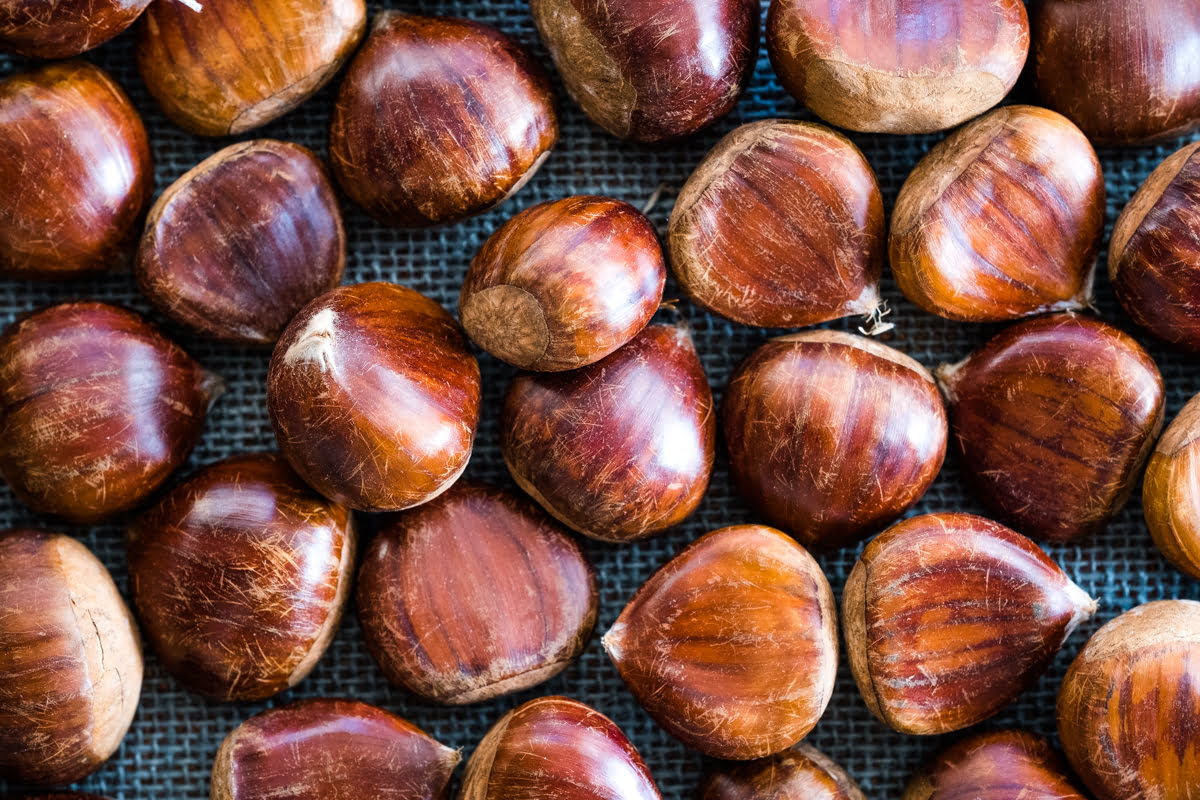

Articles
How Many Minutes Chesnut Electric Pressure Cooker
Modified: December 6, 2023
Find out how many minutes you should cook Chesnut Electric Pressure Cooker recipes with this helpful article. Learn the ideal cooking times for various dishes.
(Many of the links in this article redirect to a specific reviewed product. Your purchase of these products through affiliate links helps to generate commission for Storables.com, at no extra cost. Learn more)
Introduction
The Chesnut Electric Pressure Cooker has become a popular kitchen appliance in recent years, revolutionizing the way we cook our meals. This versatile and efficient device has gained traction among home cooks, professional chefs, and food enthusiasts alike, thanks to its ability to quickly prepare delicious and nutritious meals with minimal effort.
With the Chesnut Electric Pressure Cooker, you can easily cook a wide variety of dishes, from succulent stews and tender roasts to perfectly cooked grains and steamed vegetables. Its advanced features and intuitive controls make it a must-have appliance for anyone looking to save time in the kitchen without compromising on taste and quality.
In this article, we will explore the benefits of using the Chesnut Electric Pressure Cooker, understand how to calculate the cooking time for different ingredients, and provide some helpful tips for maximizing its efficiency. So, whether you are a seasoned pressure cooker user or just getting started, read on to discover everything you need to know about making the most of your Chesnut Electric Pressure Cooker.
Key Takeaways:
- The Chesnut Electric Pressure Cooker offers time-saving, energy-efficient, and nutrient-retaining benefits, making it a must-have for busy cooks and culinary enthusiasts.
- Understanding cooking times, factors affecting them, and efficient usage tips are essential for maximizing the potential of the Chesnut Electric Pressure Cooker.
Benefits of Using Chesnut Electric Pressure Cooker
The Chesnut Electric Pressure Cooker offers a range of benefits that make it a valuable addition to any kitchen. Here are some of the key advantages of using this innovative appliance:
- Time-Saving: The Chesnut Electric Pressure Cooker reduces cooking time significantly compared to traditional cooking methods. With its ability to create high-pressure environments, it can cook meals up to 70% faster. This means you can enjoy delicious, homemade meals in a fraction of the time it would usually take.
- Energy Efficient: Pressure cooking requires less energy compared to conventional cooking methods like stovetop or oven cooking. The sealed environment and faster cooking time reduce the amount of heat and energy needed, saving you money on your energy bills in the long run.
- Nutrient Retention: The Chesnut Electric Pressure Cooker preserves more nutrients in your food compared to other cooking methods. The shorter cooking time and minimal use of water help retain vitamins, minerals, and flavors that can often be lost with prolonged boiling or simmering.
- Tender and Juicy Results: The high-pressure cooking environment of the Chesnut Electric Pressure Cooker helps to break down tough fibers in meats, resulting in tender and juicy dishes. It’s perfect for cooking fall-off-the-bone ribs, tender roasts, or flavorful braised dishes.
- One-Pot Convenience: Cooking with a Chesnut Electric Pressure Cooker means you can prepare an entire meal in one pot. Whether you’re making soups, stews, or even desserts, you can add all the ingredients at once and let the pressure cooker work its magic. This not only saves time on preparation but also makes cleanup a breeze.
With its time-saving, energy-efficient, and versatile cooking capabilities, the Chesnut Electric Pressure Cooker transforms the way we cook our favorite meals. Its ability to retain nutrients and deliver tender, flavorful results makes it a must-have appliance for busy families, cooking enthusiasts, and anyone looking to elevate their culinary experience.
Understanding the Cooking Time
One of the important aspects of using the Chesnut Electric Pressure Cooker effectively is understanding the cooking time required for different ingredients. Unlike traditional cooking methods, pressure cooking relies on steam and high-pressure to cook food quickly. To ensure that your meals are cooked to perfection, it’s essential to have a clear understanding of the cooking time for various ingredients.
The cooking time can vary depending on the type and size of the ingredient, as well as the desired level of tenderness. It’s important to note that the cooking time mentioned in recipes or guides is an estimate, and you may need to make adjustments based on your personal preferences and the specific characteristics of your pressure cooker.
To determine the cooking time for a particular ingredient, it’s helpful to consult the manual or recipe book that came with your Chesnut Electric Pressure Cooker. These resources often provide guidelines for cooking times for common ingredients. Additionally, online resources, cooking forums, and recipe websites can provide valuable insights and recommendations for pressure cooking times.
In general, the cooking time for ingredients in the Chesnut Electric Pressure Cooker can be categorized into three phases:
- Preparation Time: This includes the time needed to chop, slice, or prepare the ingredients before they are added to the pressure cooker. Proper preparation ensures even cooking and enhances the flavors of your dishes.
- Pressure Building Time: Once the ingredients are in the pressure cooker and the lid is securely locked in place, the pressure needs to build up. This can take a few minutes, depending on the quantity and type of ingredients.
- Cooking Time: This is the actual time during which the ingredients cook under pressure. It is important to follow the recommended cooking time for each ingredient to achieve the desired results. Keep in mind that certain ingredients may require natural release or quick release methods after cooking to avoid overcooking or undercooking.
By understanding these different phases and the recommended cooking times, you will be able to confidently prepare a wide variety of meals in your Chesnut Electric Pressure Cooker. Experimentation and practice will also help you become more familiar with the cooking times and create customized recipes that suit your taste preferences.
When using a Chesnut electric pressure cooker, always refer to the specific recipe for cooking times. As a general guideline, most dishes can be cooked in 10-30 minutes under pressure. Always follow the manufacturer’s instructions for best results.
Recommended Cooking Times for Different Ingredients
Cooking times can vary depending on the size, quantity, and density of the ingredients you are using in your Chesnut Electric Pressure Cooker. While exact cooking times may vary based on personal preference and the specific model of your pressure cooker, here are some general guidelines for common ingredients:
- Meat: For boneless chicken breasts or thighs, the cooking time can range from 8 to 10 minutes. Beef roasts, such as pot roasts or brisket, may require 45 to 60 minutes depending on the size and desired level of tenderness. Pork tenderloin can be cooked in about 15 to 20 minutes, while ribs may require 25 to 30 minutes.
- Grains: Rice typically cooks in just a few minutes under pressure, with a 1:1 ratio of rice to water. Quinoa and other small grains can be cooked in approximately 3 to 6 minutes. For larger grains like barley or farro, cooking times can range from 20 to 25 minutes.
- Vegetables: Most vegetables cook quickly in the Chesnut Electric Pressure Cooker. For example, carrots and potatoes can be cooked in 5 to 7 minutes, while broccoli or cauliflower may require just 1 to 3 minutes. Denser vegetables like butternut squash or beets may need around 10 to 15 minutes.
- Legumes: Beans and lentils are ideal for pressure cooking. Soaked beans cook relatively quickly, with black beans or kidney beans taking approximately 20 to 25 minutes. Unsoaked beans may require longer cooking times. Lentils, on the other hand, can be cooked in just 8 to 10 minutes.
- Soups and Stews: Soups and stews typically require longer cooking times to ensure all the flavors meld together. A hearty vegetable soup may require 10 to 12 minutes, while a beef stew could take around 30 to 40 minutes to cook. Adjust the cooking time based on the ingredients and desired consistency.
Remember, these are just general guidelines, and it’s essential to refer to specific recipes or the manual that came with your Chesnut Electric Pressure Cooker for more precise cooking times. Additionally, it may take some trial and error to find the perfect cooking time for your preferred level of tenderness. As you gain experience with your pressure cooker, you’ll become more adept at adjusting cooking times to achieve your desired results.
Overall, the Chesnut Electric Pressure Cooker allows you to streamline your cooking process and create flavorful meals with minimal effort. Experimenting with different ingredients and cooking times will help you unleash the full potential of this versatile appliance.
Factors That Can Affect Cooking Time
While understanding the recommended cooking times is important, it’s also crucial to consider the various factors that can affect the actual cooking time in your Chesnut Electric Pressure Cooker. These factors can impact the tenderness, flavor, and texture of your dishes. Here are some key factors to keep in mind:
- Ingredient Size and Type: The size and type of ingredient can significantly impact cooking time. Larger chunks of meat or vegetables will require more time to cook compared to smaller pieces. Ingredients with a higher density, such as root vegetables or tough cuts of meat, will also require longer cooking times to become tender.
- Initial Temperature: The temperature of the ingredients when they are added to the pressure cooker can affect the cooking time. If the ingredients are at room temperature, they will cook faster compared to ingredients that are added directly from the refrigerator.
- Altitude: The altitude at which you are cooking can influence cooking time. Higher altitudes have lower atmospheric pressure, which can affect the boiling point of water and the cooking time required. It may be necessary to adjust cooking times when cooking at high altitudes.
- Pressure Release Method: The method you use to release the pressure in the pressure cooker can impact the final cooking time. Quick release methods result in a shorter cooking time compared to natural release methods, which allow the pressure to reduce gradually on its own. Some recipes may specify a specific release method to achieve the desired results.
- Amount of Liquid: The amount of liquid in the pressure cooker can affect cooking time. Sufficient liquid is needed to create steam and build pressure. If there is not enough liquid, the pressure cooker may not come to full pressure, resulting in longer cooking times.
- Additional Ingredients: Ingredients such as acids (lemon juice, vinegar) or high-sugar content ingredients can impact the cooking time in the pressure cooker. Acids can slow down the cooking process, while sugars can help tenderize meat and speed up the cooking time.
It’s important to remember that these factors can vary from recipe to recipe and may require adjustments to achieve the desired results. Experimentation and experience with your Chesnut Electric Pressure Cooker will help you understand how these factors influence cooking time and enable you to make necessary modifications to create the perfect meals.
Read more: How To Test Electric Pressure Cooker
Tips for Efficiently Using Chesnut Electric Pressure Cooker
To make the most out of your Chesnut Electric Pressure Cooker and ensure efficient and successful cooking, here are some helpful tips to keep in mind:
- Read the Manual: Familiarize yourself with the user manual and instructions provided by the manufacturer. Understanding the specific features, functions, and safety guidelines of your Chesnut Electric Pressure Cooker is essential for safe and efficient usage.
- Properly Seal the Lid: Ensure that the lid is properly sealed before starting the cooking process. The pressure cooking function relies on creating a sealed environment, so it’s crucial to check that the lid is securely locked in place and the pressure release valve is closed.
- Use the Right Amount of Liquid: Follow the recommended amount of liquid specified in the recipe. Sufficient liquid is necessary to generate steam and build pressure. Refer to the manual for guidelines on the minimum liquid requirement for your specific pressure cooker model.
- Apply the Correct Cooking Method: Different recipes may require different cooking methods, such as high pressure, low pressure, or specific pressure release methods. Pay attention to the recommended cooking methods mentioned in the recipe or manual to achieve the best results.
- Add Delicate Ingredients Later: To prevent overcooking, add delicate ingredients such as herbs, leafy greens, or quick-cooking vegetables towards the end of the cooking process. This will help them retain their vibrant colors and flavors.
- Prep Ingredients Ahead of Time: Prepare and chop your ingredients before starting the cooking process. This will help save time and ensure a smooth and efficient cooking experience.
- Clean and Maintain Regularly: Proper maintenance and cleaning of your Chesnut Electric Pressure Cooker are essential for its longevity and performance. Follow the manufacturer’s instructions for cleaning the cooker and ensure that all parts are dry and properly assembled before using it again.
- Experiment and Customize: Don’t be afraid to experiment with different ingredients, spices, and flavors in your pressure cooker. The Chesnut Electric Pressure Cooker provides ample opportunities for creativity and customization. Adjust cooking times and methods to suit your taste preferences and specific recipes.
By following these tips, you can optimize your experience with the Chesnut Electric Pressure Cooker and enjoy efficient, flavorful, and hassle-free cooking. With practice, you’ll become more comfortable using the pressure cooker and be able to create a wide variety of delicious meals while saving time in the kitchen.
Frequently Asked Questions about How Many Minutes Chesnut Electric Pressure Cooker
Was this page helpful?
At Storables.com, we guarantee accurate and reliable information. Our content, validated by Expert Board Contributors, is crafted following stringent Editorial Policies. We're committed to providing you with well-researched, expert-backed insights for all your informational needs.
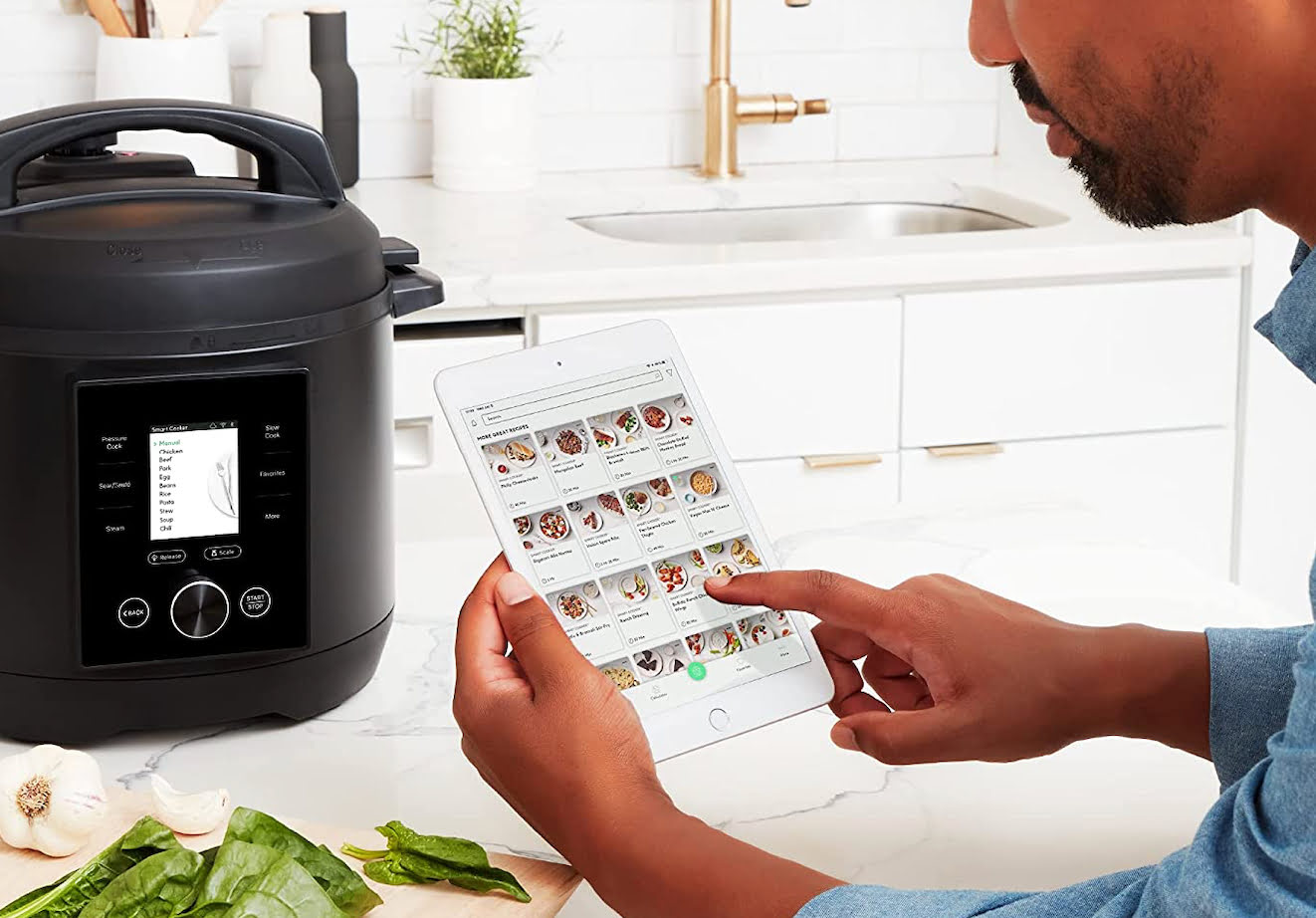
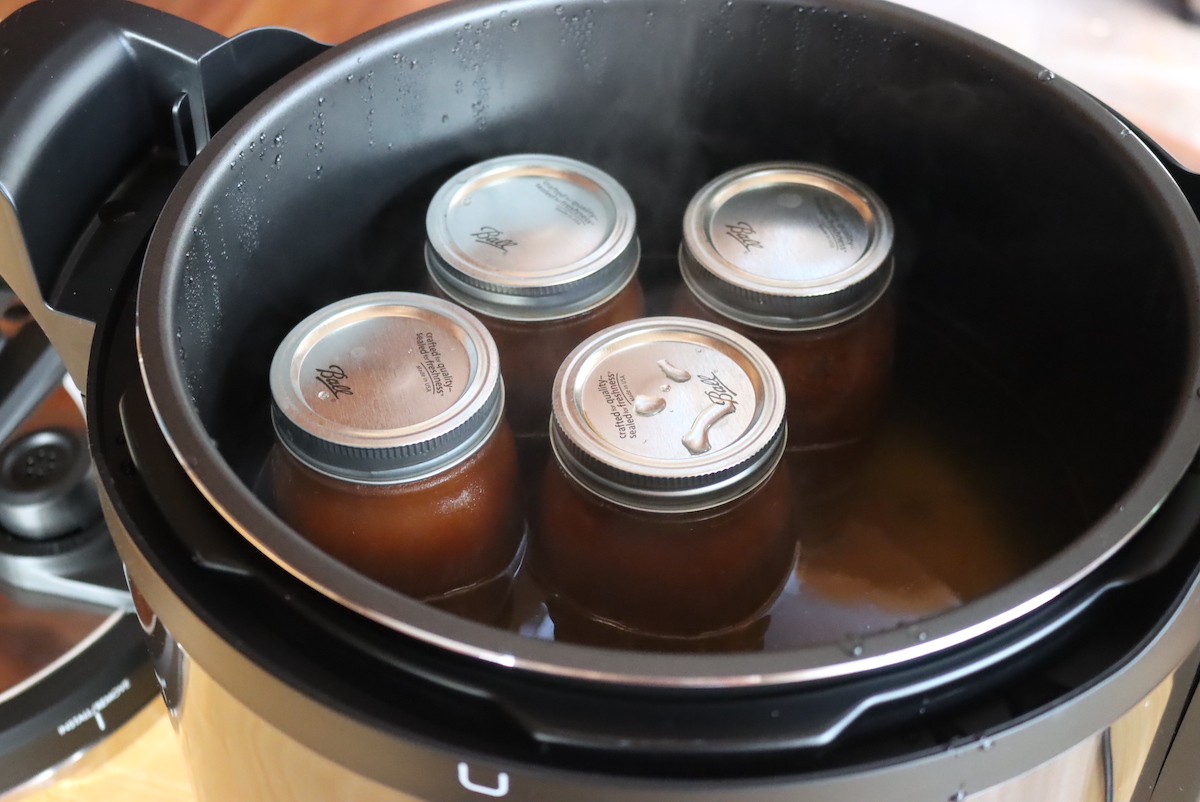
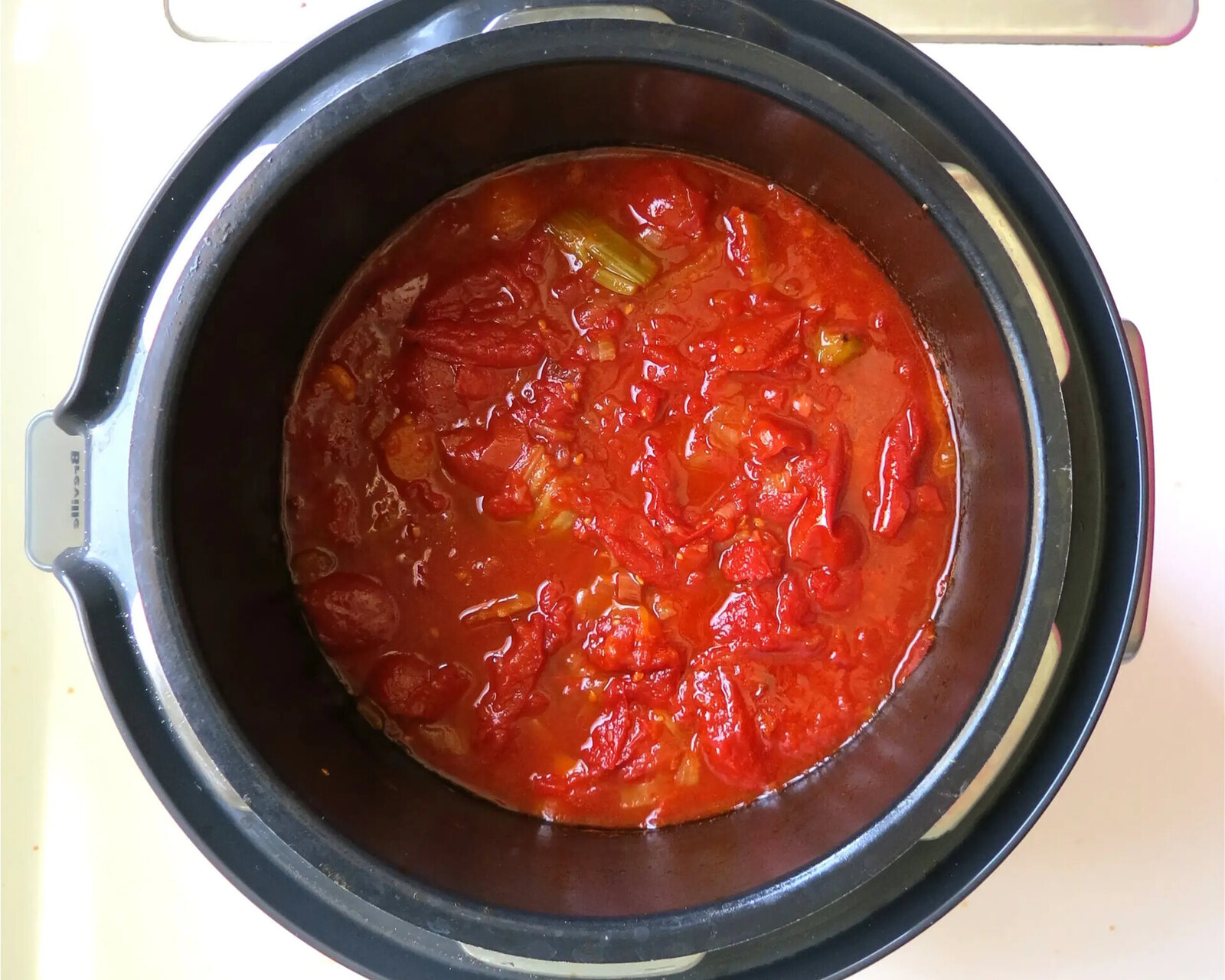
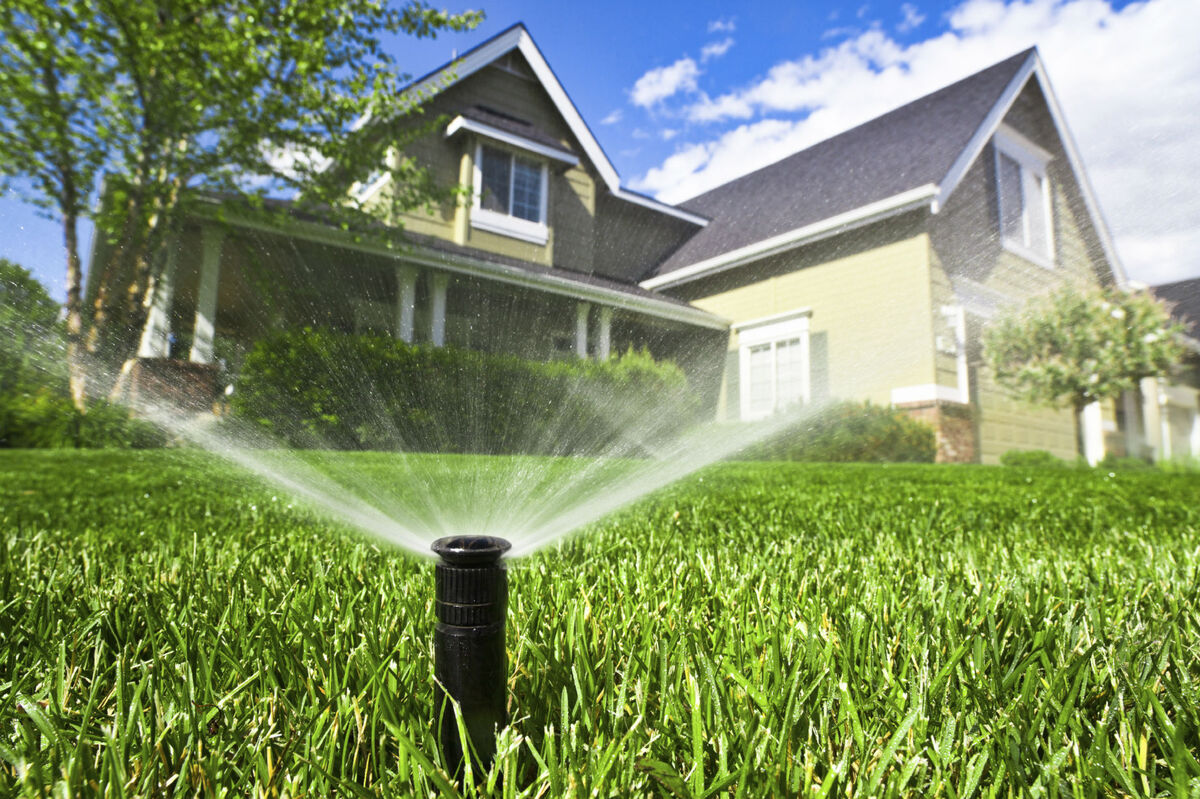
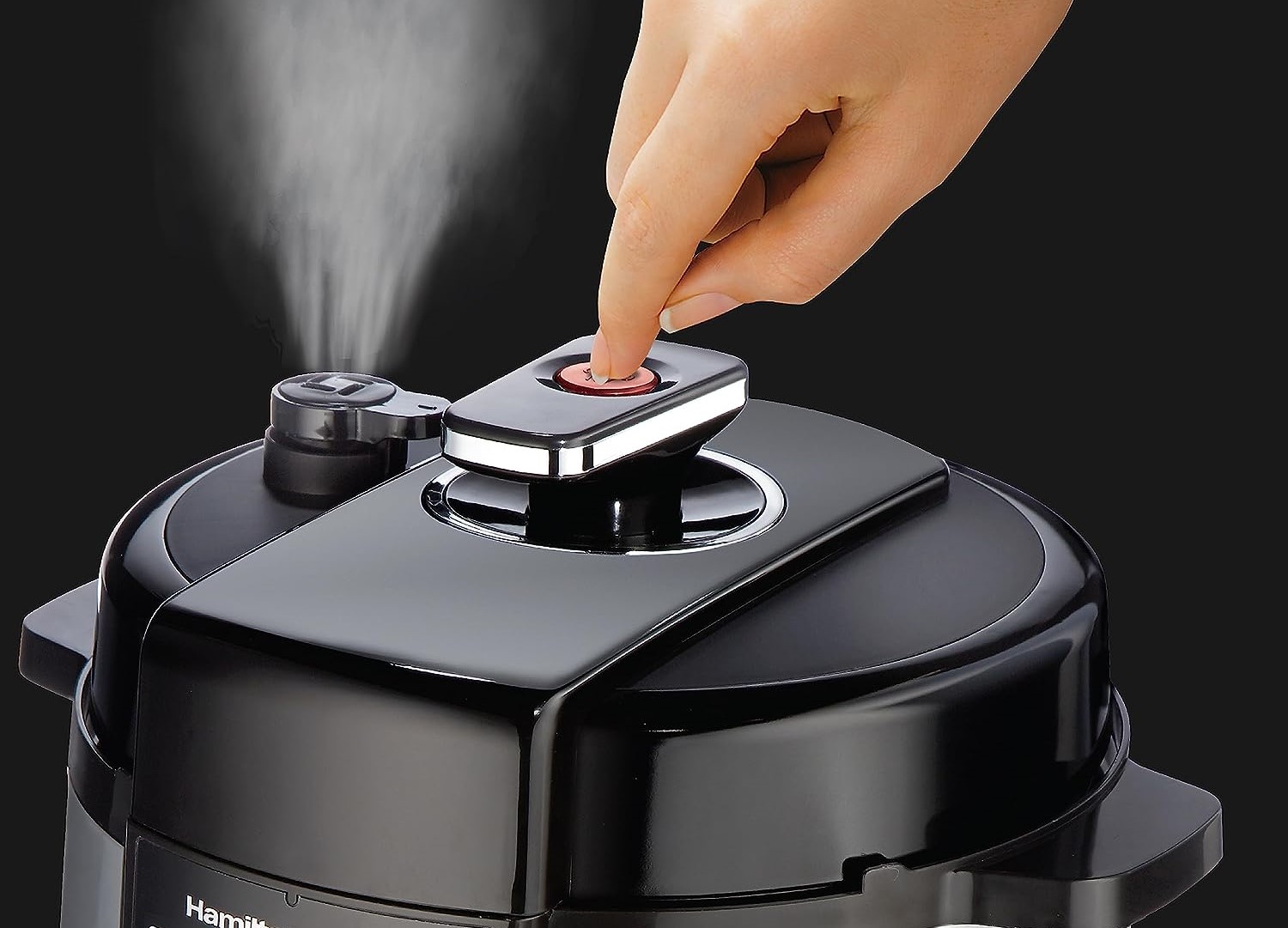
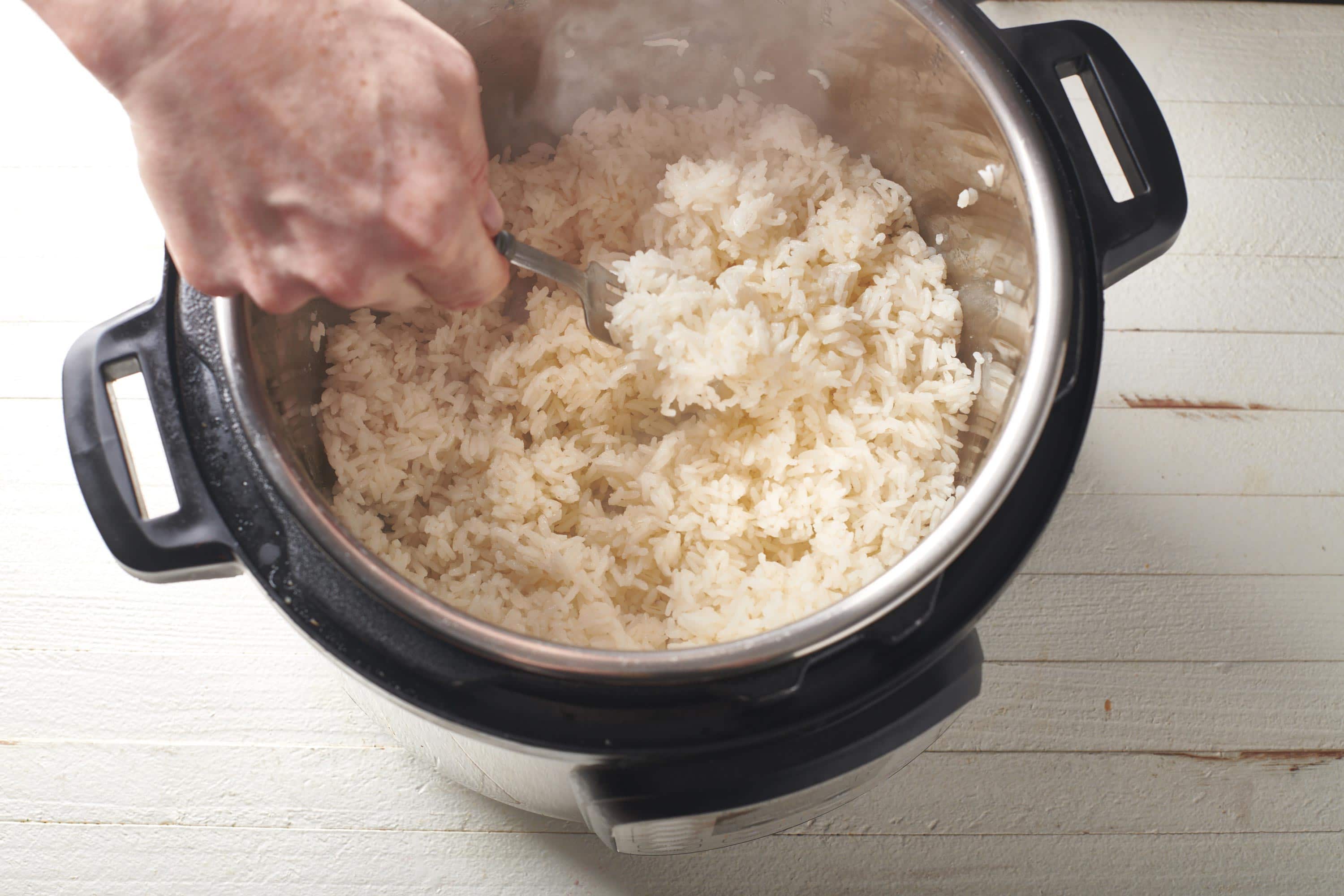
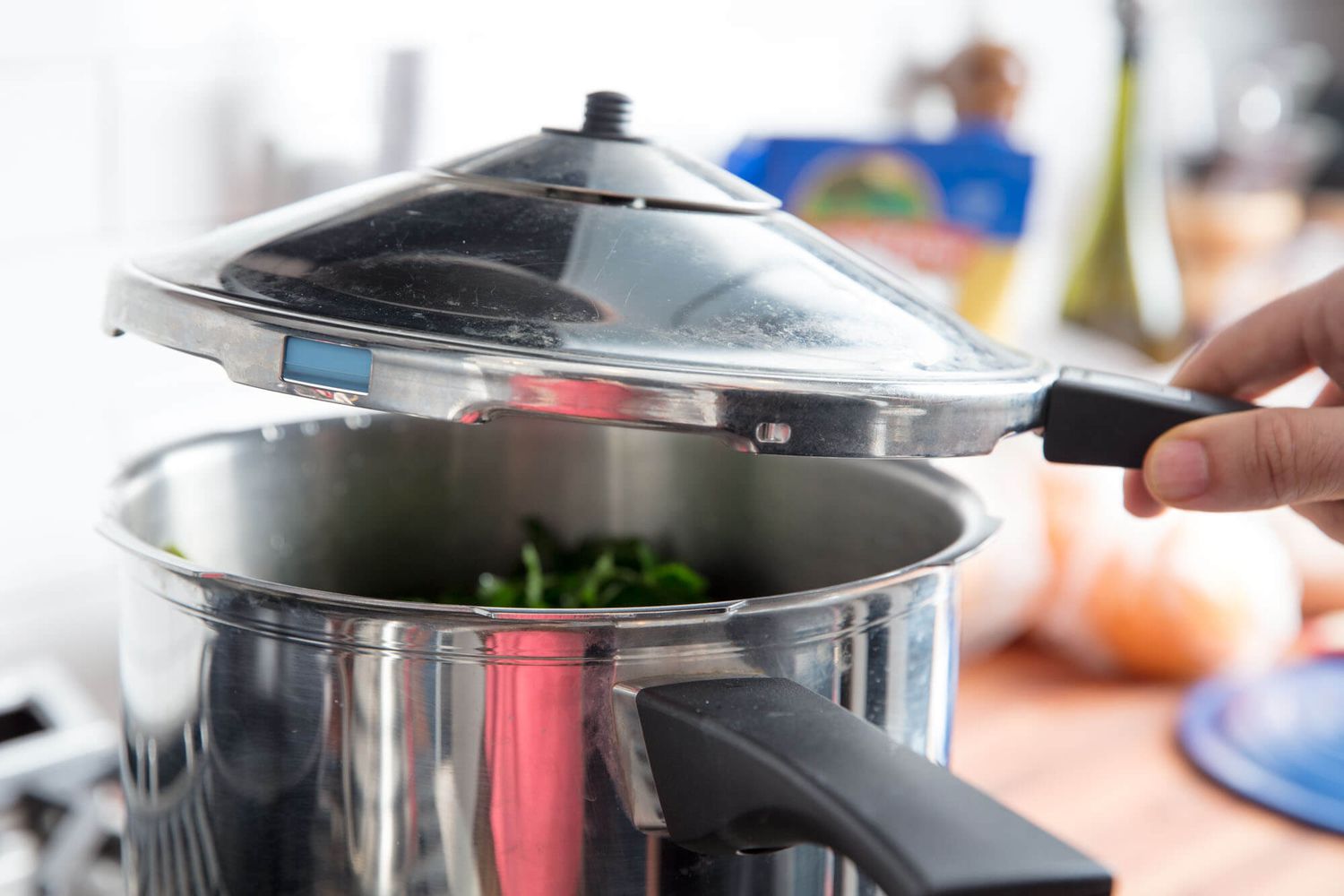
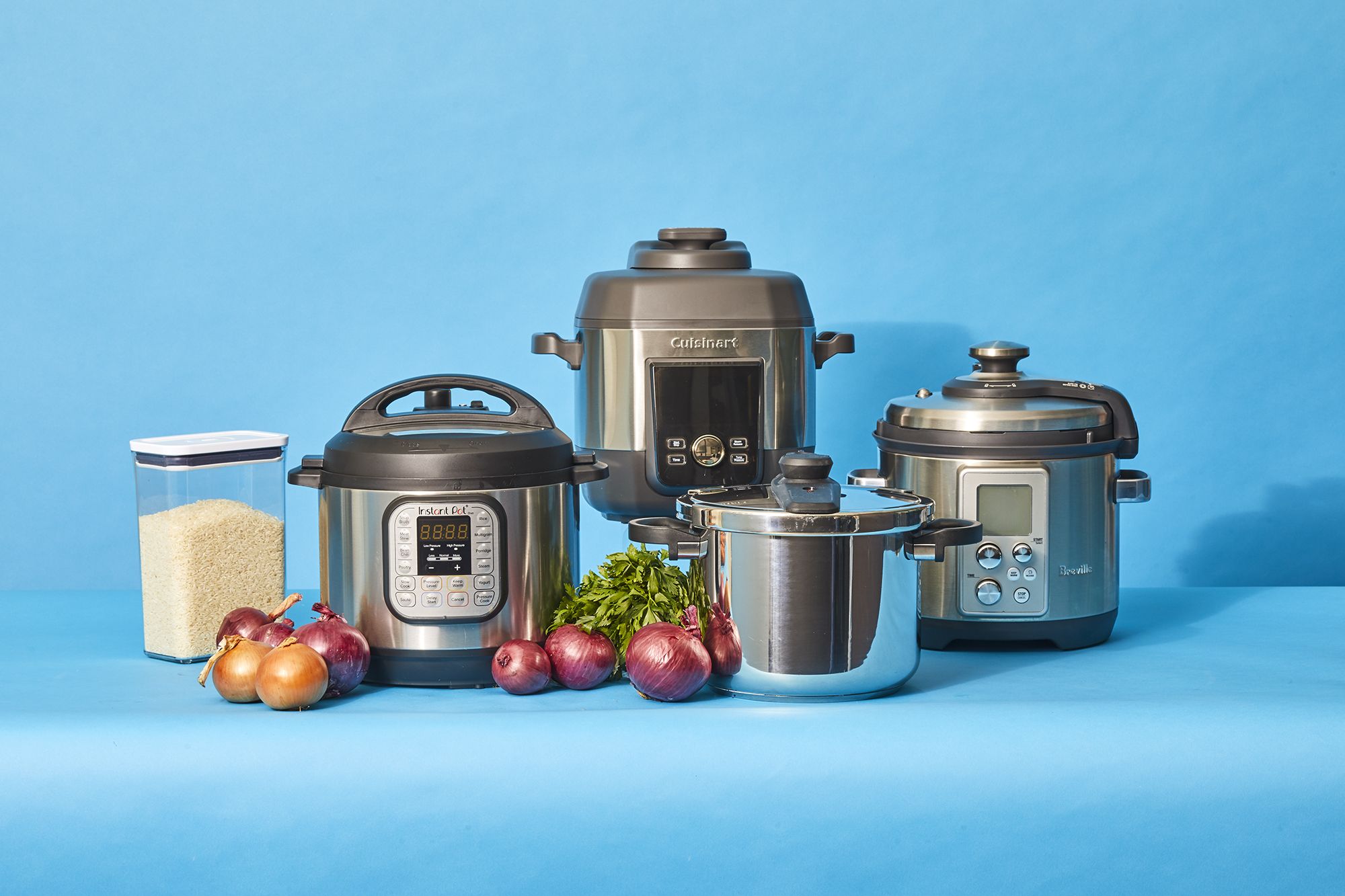
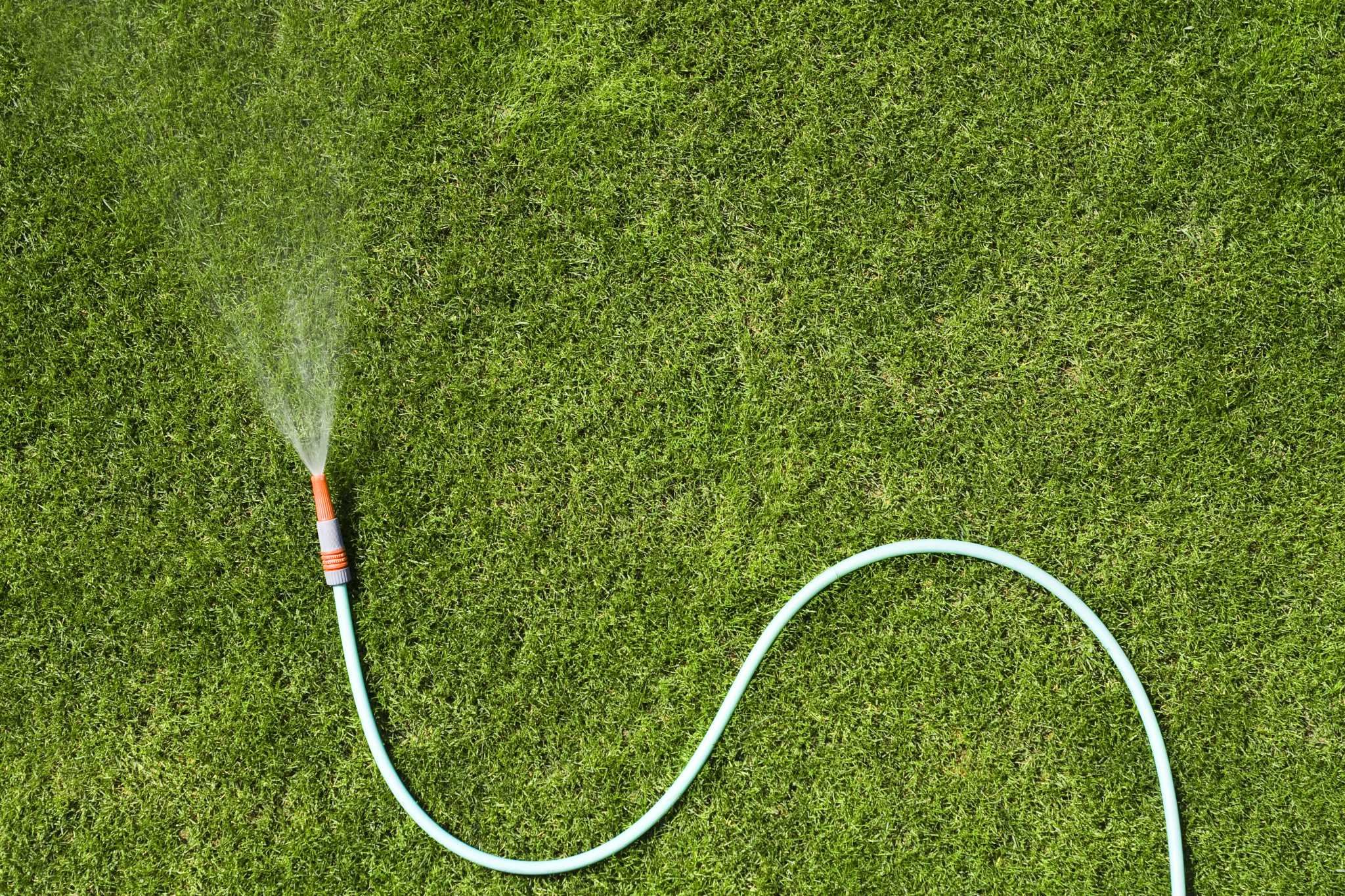
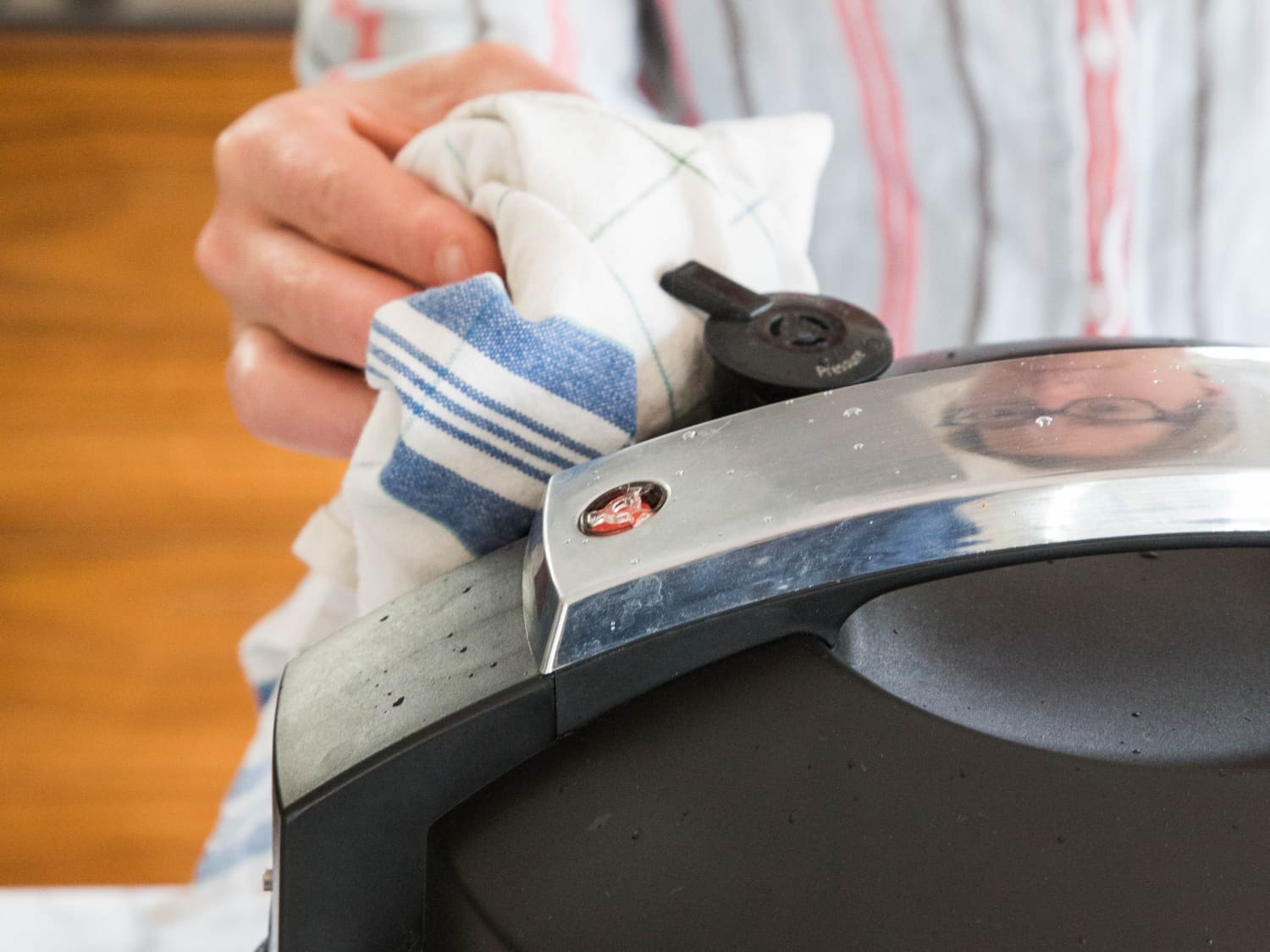
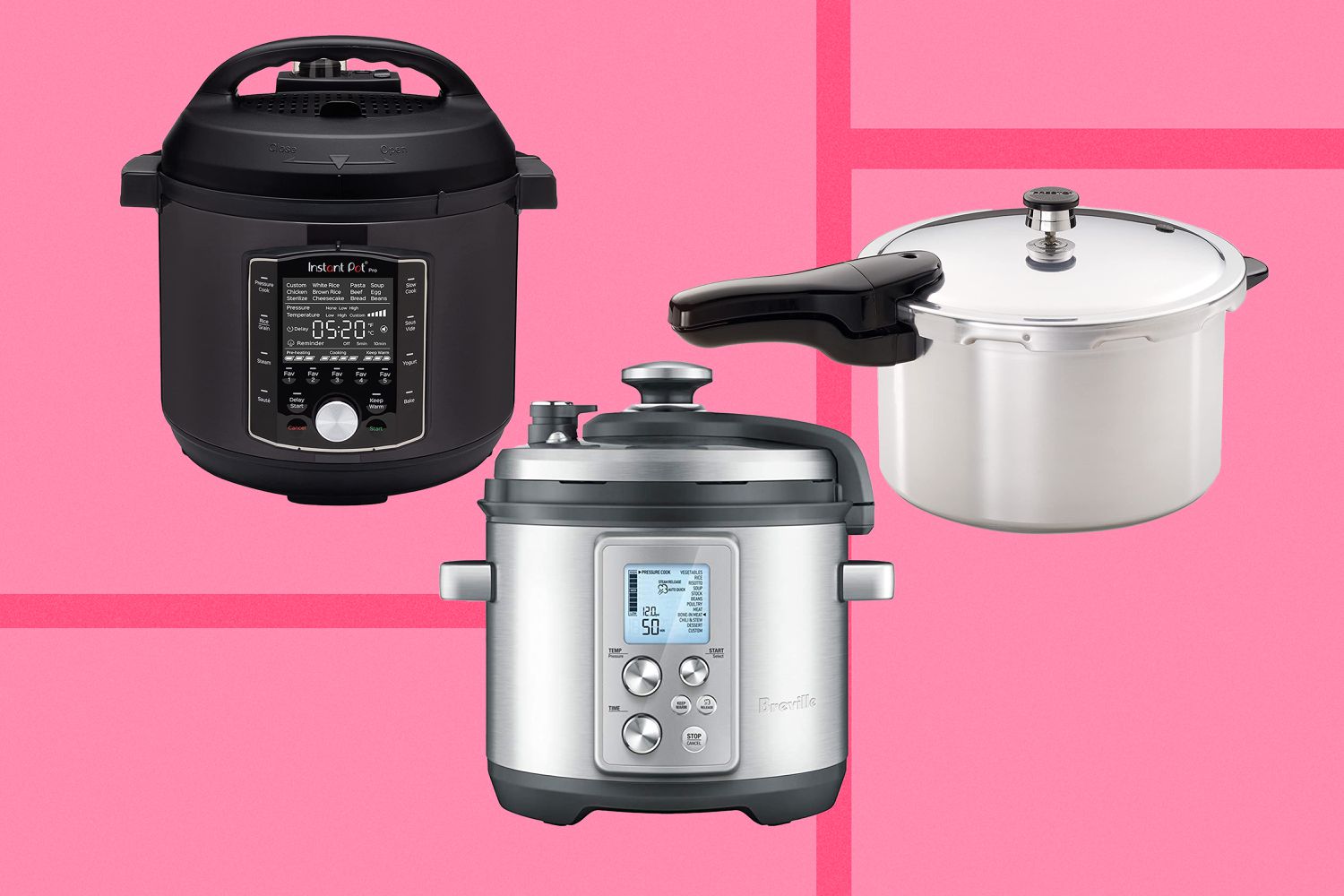
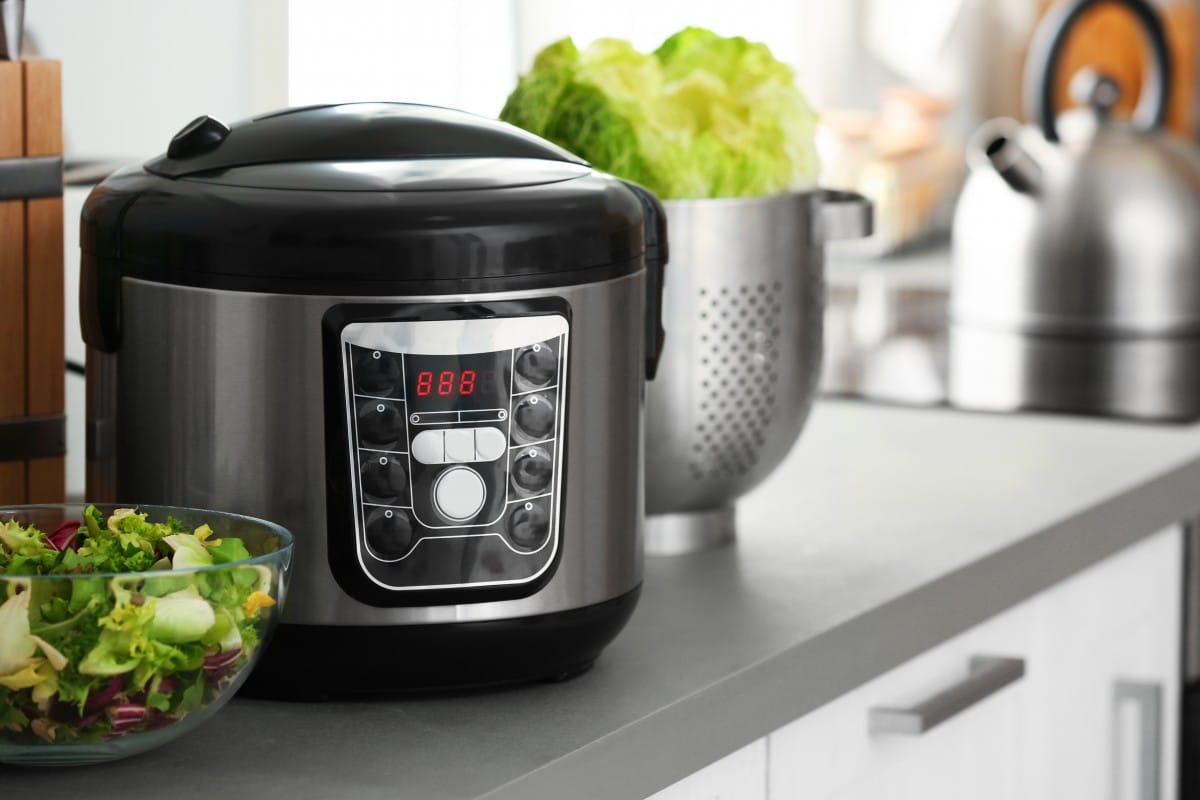
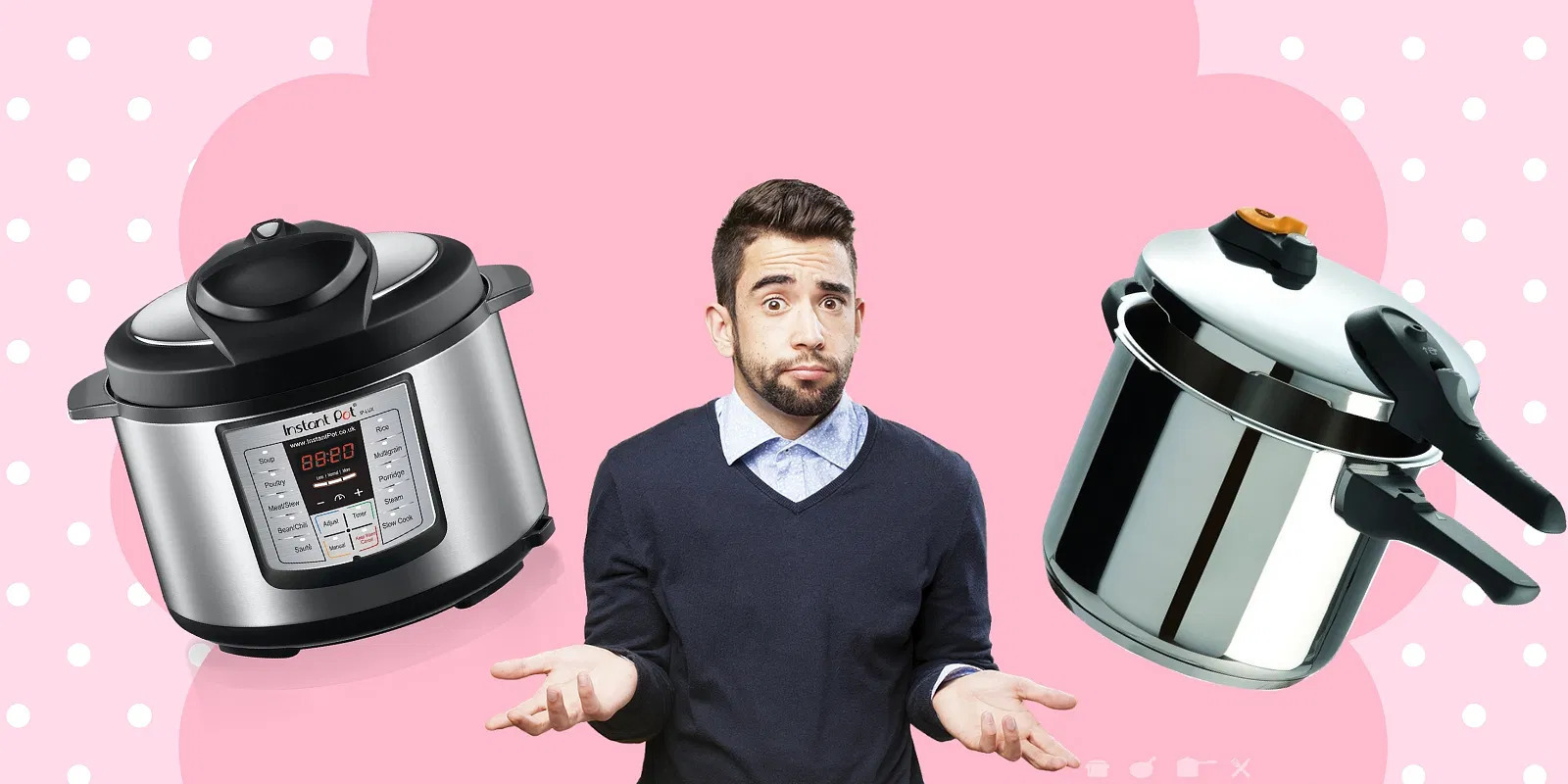
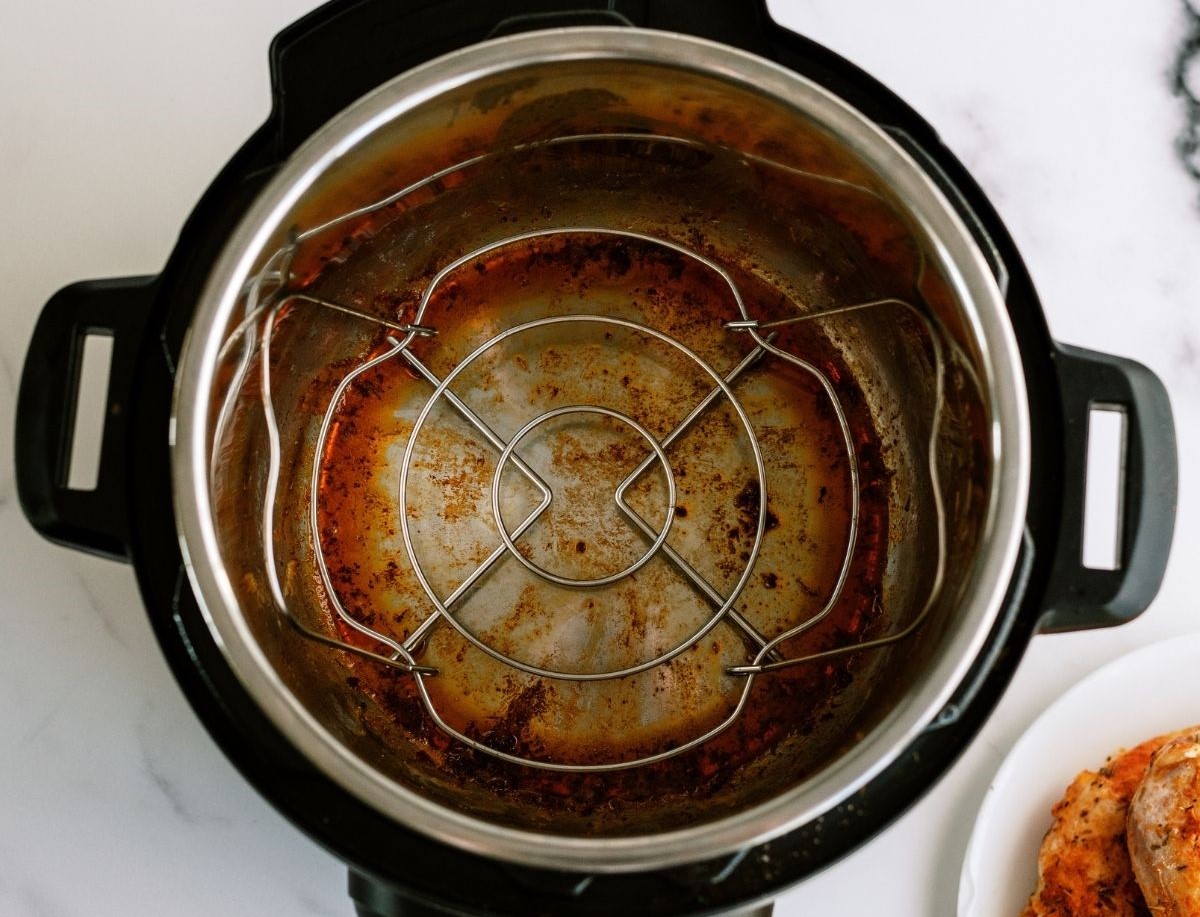

0 thoughts on “How Many Minutes Chesnut Electric Pressure Cooker”